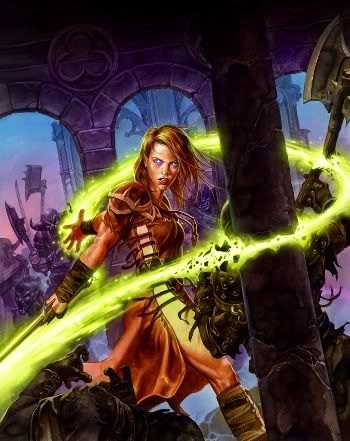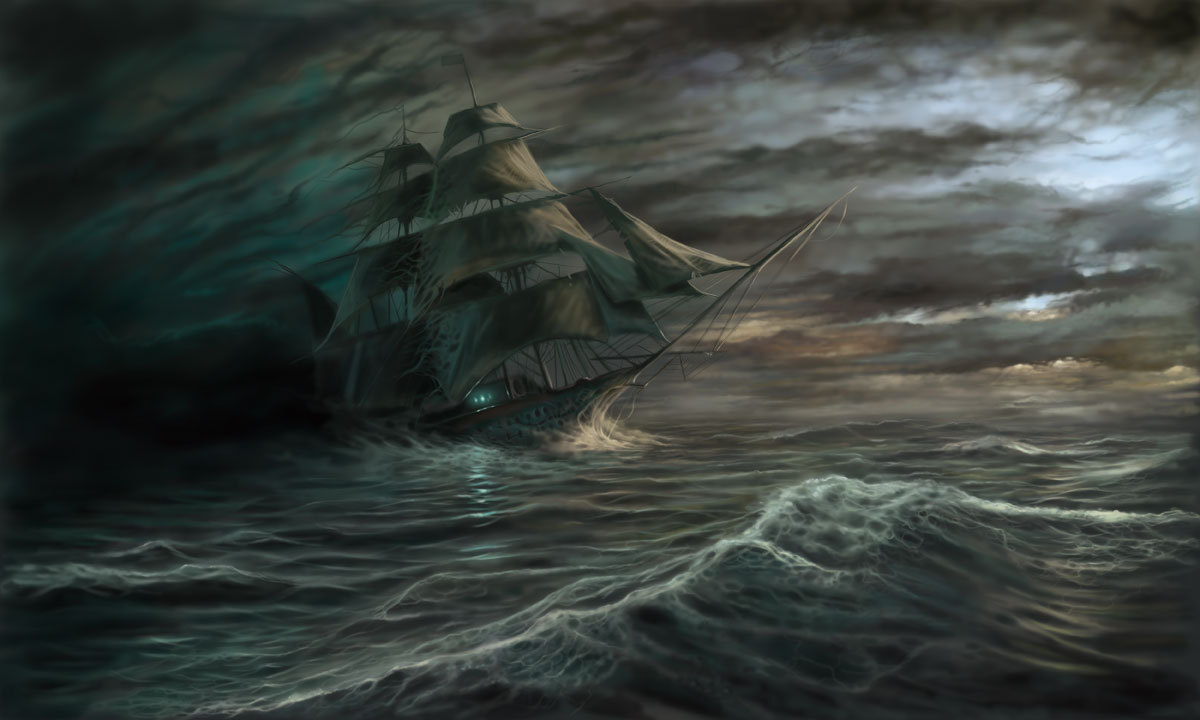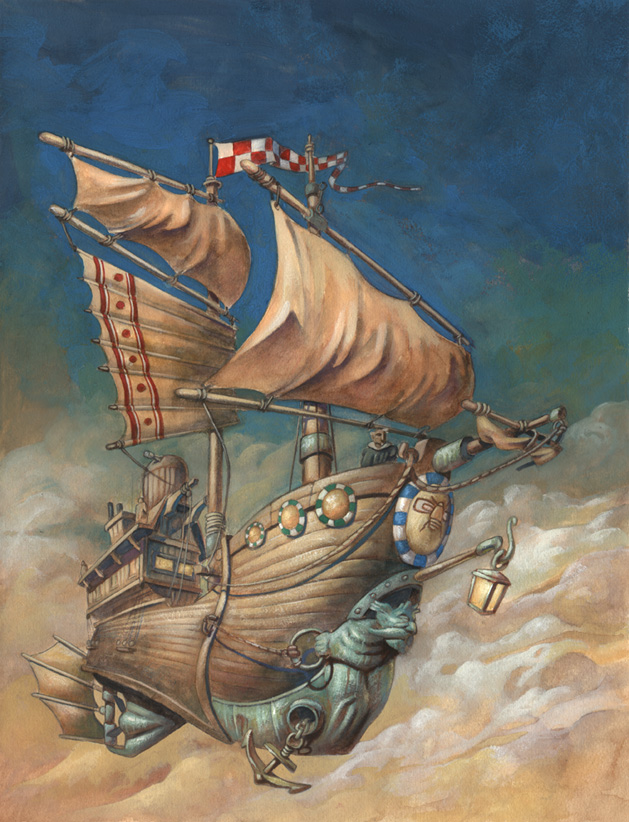After some discussion and kibitzing with the group we have arrived at an intermediary solution, one which exemplifies why D&D 5E remains king of the heap: we're returning to our last Saturday campaign of D&D. We'd taken a break and then got distracted (repeatedly) from that campaign, but the time now is to return for a new story arc and focus. The thing is, D&D 5E is really easy to pick up and play, and the rules are very easy for all at the table to get back in to. Roll20's Charactermancer is so easy to use my son was able to make his new goliath warlock with little intervention on our parts. My other player who normally has some technical issues has been using D&D Beyond which seems to work really well and also interfaces with Roll20. So....win win for all.
This sidesteps the Starfinder issue entirely, which I decided boiled down to a problem with the specificities of welding Pathfinder mechanics to scifi thematics. Paizo has such good visuals and design on the story and look of the Starfinder universe that it is hard not to want to explore it....but the design choices and thousands of pages of rules make it a tedious chore. Maybe in my younger days I'd have the energy, but I feel proud of myself to admit that I no longer find such volume and complexity satisfying, and it is okay to find a simpler solution.
Ironically the next story arc of that older D&D campaign involved the group finding a crashed Spelljammer ship and trying to salvage the helm so they could use it on a new vessel. As such, it would be doing more or less exactly what has been planned for the other group. Kizmet? Who knows. Either way....I plan to blend the old AD&D Spelljammer stuff with the Legendary Games Alien Codex stuff, so it should be interesting.
I still plan to get back to Starfinder, but I am mulling over an idea of using Savage Worlds for the rules, instead. Pinnacle, the company behind Savage Worlds, published a very nice adaptation of Pathfinder to their ruleset, and I think they should do the same thing for Starfinder, too. A lot of settings from other games adapt really well to Savage Worlds, and this is a great example of how the flavor and style of Starfinder would be improved upon by the flexible but simpler and more intuitive ruleset of Savage Worlds. I am not saying Starfinder can't be fun to play on its own....for a great many it is......but merely that a SW style take would be amazing. So my plan is not to wait, and look at how I can use Starfinder as the setting resource, but Savage Worlds as the mechanical resource. It would solve all my issues with Starfinder's rules in one fell swoop, that's for sure.































